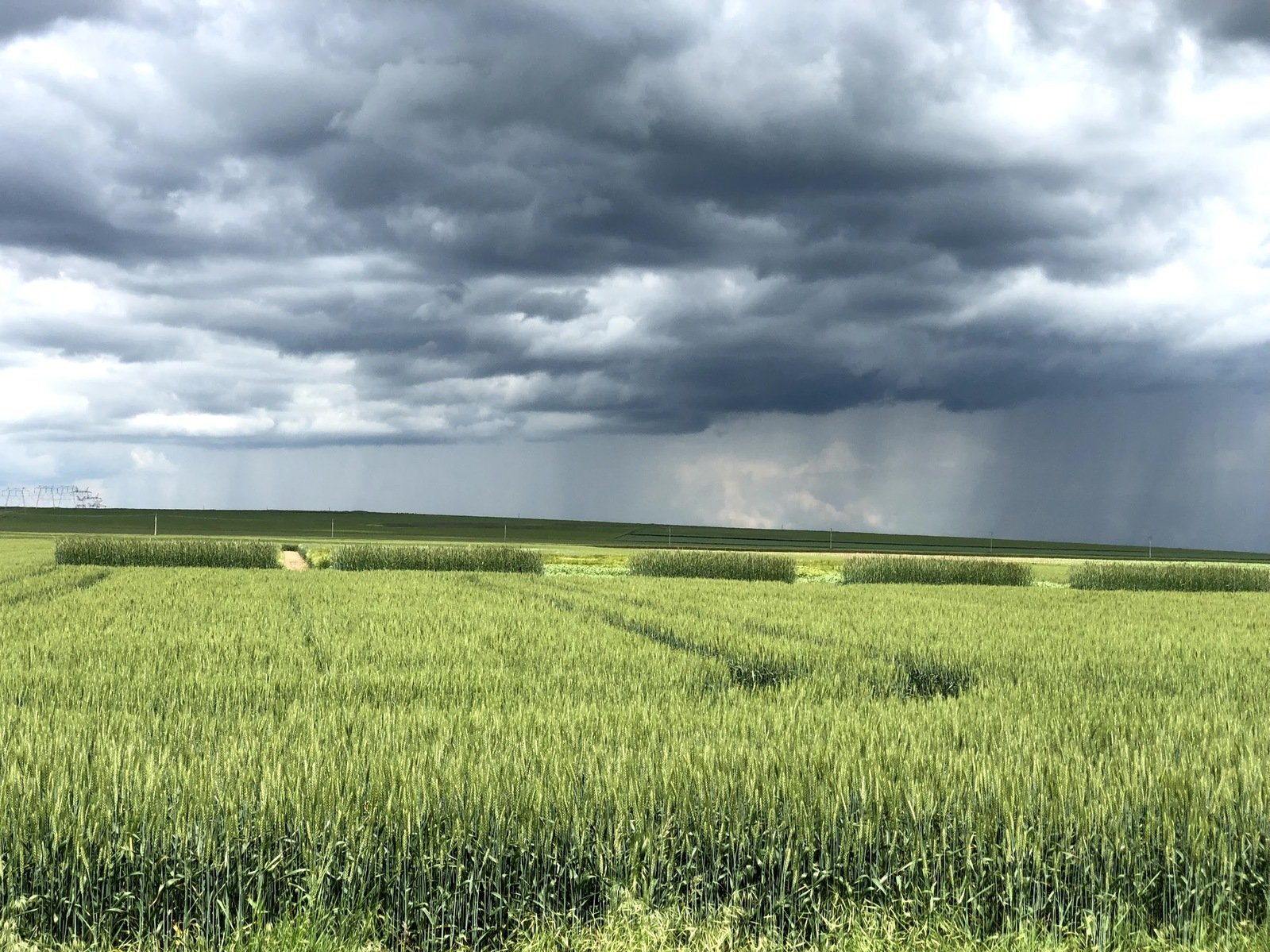



Article by: Hari Yellina
For broad swaths of the Top End cattle region, the rainy season has failed to deliver, with some stations seeing their worst rainfall on record. The seasons were typical along the coasts of Darwin, north-east Arnhem Land, and Wadeye, but it was a different story further south. Victoria River Downs received only 47% of its usual rainfall during the wet season — 301 millimetres — while Katherine, Tennant Creek, Borroloola, and Daly Waters all received over 65% of their average rainfall. The Riggs family at Lakefield Station, 150 kilometres south-east of Katherine, had their wettest season since they began recording rainfall in 1999.
The property received around 600mm less than the average of 1,000mm. “We didn’t fill up any of our dams during the wet season,” Garry Riggs remarked. “Our water table hasn’t been replenished, and none of the creeks have run dry.” “Our larger dams will keep water, but we have 42 dams here, and we’ll probably get through the year with only 10 having water.” He predicted that the remaining dams would dry up. Despite the wet season’s dismal performance, Mr Riggs said his cows coped well and produced more weaners than typical. “The cows have access to hard grass that doesn’t have a lot of water in it, mosquitoes and buffalo flies don’t bother them, and there aren’t any bogs,” he says.
The wet season, according to Rusty Richter, manager of Victoria River Downs, was the worst he had experienced in his 15 years there. Because of the dry weather, the station began mustering a few weeks earlier than usual, but Mr Richter is optimistic for the coming year. “The cattle are in pretty good shape [and] the markets are all strong,” he added, adding that this provides them more options if they need to turn livestock off. “We cautiously stock our country for times like this, and it offers us a back-up plan.” Many Central Australian cattle ranchers are anticipating a successful season following significant rains in November and January.
Between October and the end of April, Alice Springs received 497mm, which is 225 percent more than the usual, with the Todd River flowing numerous times. Stewart Weir of Sandover Pastoral Company said the January rains had transformed the terrain at Milton Park, but not so much at Ammaroo, north-east of Alice Springs. “It’s had a tremendous wet out west of Alice Springs, and our country out there had been destocked for a number of years, so it really responded – it’s wonderful,” he added. After hauling off 40 decks of bullocks, Mr Weir told ABC Rural that seeing the well-fed cattle being loaded onto a truck gave him a wonderful feeling. “The good seasons come and go, and there are a few dry ones in between,” he explained, “but it’s the end product that keeps you here.” “When you gather a mob together and truck them out, it’s a terrific feeling and a good sight.”